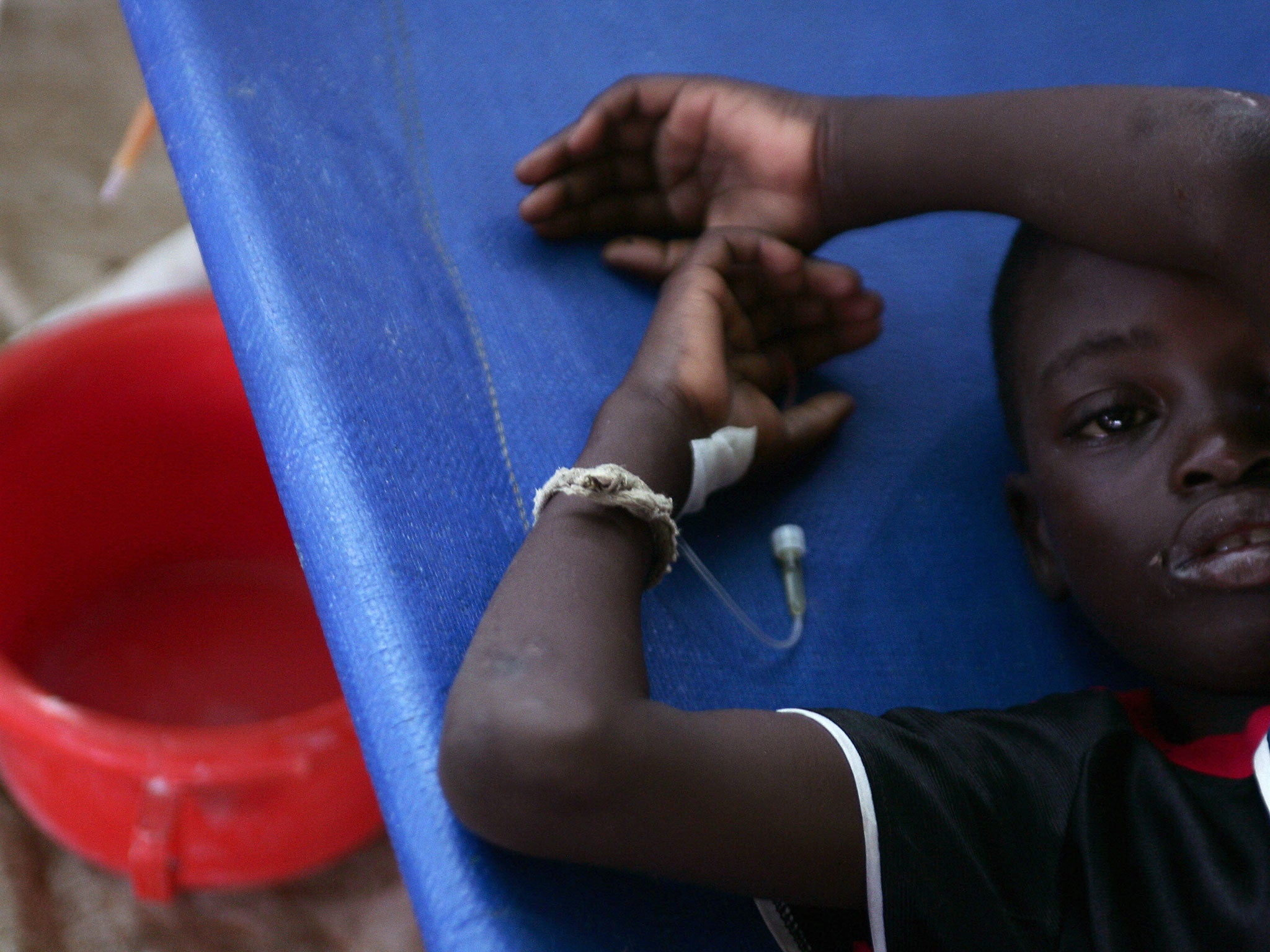Global child mortality rates drop but still miss target
Major improvements achieved through tackling infectious disease with mosquito nets and immunisation

International child mortality rates have dropped by half since 1990 but will still fall short of 2015 targets, new data released by the United Nations shows.
Reductions in deaths of children under five will fall short of meeting the global target of a two-thirds decrease by 2015, despite major progress in some countries.
“There has been dramatic and accelerating progress in reducing mortality among children, and the data proves that success is possible even for poorly resourced countries,” said Mickey Chopra, the head of Unicef’s global health programmes.
In 2013, 6.3 million babies died within the first five years of life, with two-thirds of these taking place in just 10 countries. Neonatal deaths, those babies dying in the first month of life, have remained stubbornly high, with 2013 figures standing at almost three million.
In June, the World Health Organisation (WHO), Unicef and partners issued the first global plan to end preventable newborn deaths and stillbirths by 2035. “The global community is poised to end preventable maternal, newborn and child deaths within a generation,” said Dr Flavia Bustreo, the assistant director general at the WHO. “We know what to do and we know how to do it.”
India and Nigeria together account for more than one-third of deaths among children under five, while sub-Saharan Africa has the world’s highest child mortality rates, having recorded reductions in line with the world average.
Children born in Angola, which has the highest under-five mortality rate in the world, are 84 times more likely to die before the age of five than children born in Luxembourg.
“It is essential to invest more in health systems that deliver high-quality, affordable services to all women and children who need them,” said Olusoji Adeyi of the World Bank Group.
Major improvements have been achieved by tackling infectious disease with affordable methods such as mosquito nets and immunisation. However, a major source of progress is economic development in China and Vietnam.
Subscribe to Independent Premium to bookmark this article
Want to bookmark your favourite articles and stories to read or reference later? Start your Independent Premium subscription today.

Join our commenting forum
Join thought-provoking conversations, follow other Independent readers and see their replies